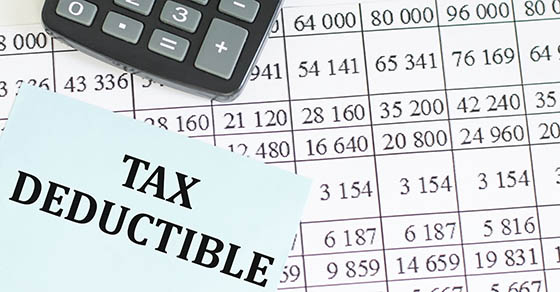Do you and your spouse together operate a profitable unincorporated small business? If so, you face some challenging tax issues.
The partnership issue
An unincorporated business with your spouse is classified as a partnership for federal income tax purposes, unless you can avoid that treatment. Otherwise, you must file an annual partnership return, on Form 1065. In addition, you and your spouse must be issued separate Schedule K-1s, which allocate the partnership’s taxable income, deductions and credits between the two of you. This is only the beginning of the unwelcome tax compliance tasks.
The self-employment (SE) tax problem
The SE tax is how the government collects Social Security and Medicare taxes from self-employed individuals. For 2023, the SE tax consists of 12.4% Social Security tax on the first $160,200 of net SE income plus 2.9% Medicare tax. Once your 2023 net SE income surpasses the $160,200 ceiling, the Social Security tax component of the SE tax ends. But the 2.9% Medicare tax component continues before increasing to 3.8% — thanks to the 0.9% additional Medicare tax — if the combined net SE income of a married joint-filing couple exceeds $250,000.
With your joint Form 1040, you must include a Schedule SE to calculate SE tax on your share of the net SE income passed through to you by your spousal partnership. The return must also include a Schedule SE for your spouse to calculate the tax on your spouse’s share of net SE income passed through to him or her. This can result in a big SE tax bill.
For example, let’s say you and your spouse each have net 2023 SE income of $150,000 ($300,000 total) from your profitable 50/50 partnership business. The SE tax on your joint tax return is a whopping $45,900 ($150,000 x 15.3% x 2). That’s on top of regular federal income tax.
Here are some possible tax-saving solutions.
Strategy 1: Use an IRS-approved method to minimize SE tax in a community property state
Under IRS Revenue Procedure 2002-69, for federal tax purposes, you can treat an unincorporated spousal business in a community property state as a sole proprietorship operated by one of the spouses. By effectively allocating all the net SE income to the proprietor spouse, only the first $160,200 of net SE income is hit with the 12.4% Social Security tax. That can cut your SE tax bill.
Strategy 2: Convert a spousal partnership into an S corporation and pay modest salaries
If you and your unincorporated spousal business aren’t in a community property state, consider converting the business to S corporation status to reduce Social Security and Medicare taxes. That way, only the salaries paid to you and your spouse get hit with the Social Security and Medicare tax, collectively called FICA tax. You can then pay modest, but reasonable, salaries to you and your spouse as shareholder-employees while paying out most or all remaining corporate cash flow to yourselves as FICA-tax-free cash distributions.
Strategy 3: Disband your partnership and hire your spouse as an employee
You can disband the existing spousal partnership and start running the operation as a sole proprietorship operated by one spouse. Then hire the other spouse as an employee of the proprietorship. Pay that spouse a modest cash salary. You must withhold 7.65% from the salary to cover the employee-spouse’s share of the Social Security and Medicare taxes. The proprietorship must also pay 7.65% as the employer’s half of the taxes. However, since the employee-spouse’s salary is modest, the FICA tax will also be modest.
With this strategy, you file only one Schedule SE — for the spouse treated as the proprietor — with your joint tax return. That minimizes the SE tax, because no more than $160,200 (for 2023) is exposed to the 12.4% Social Security portion of the SE tax.
Find tax-saving strategies
Having a profitable unincorporated business with your spouse that’s classified as a partnership for federal income tax purposes can lead to compliance headaches and high SE tax bills. Work with us to identify appropriate tax-saving strategies.







